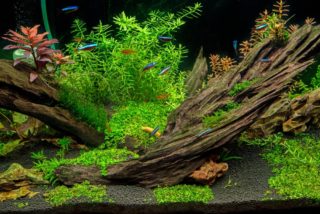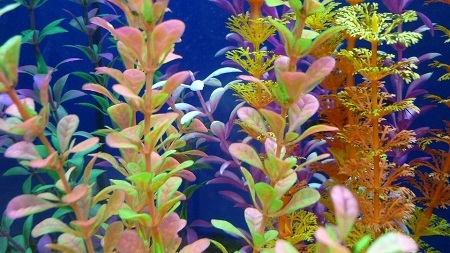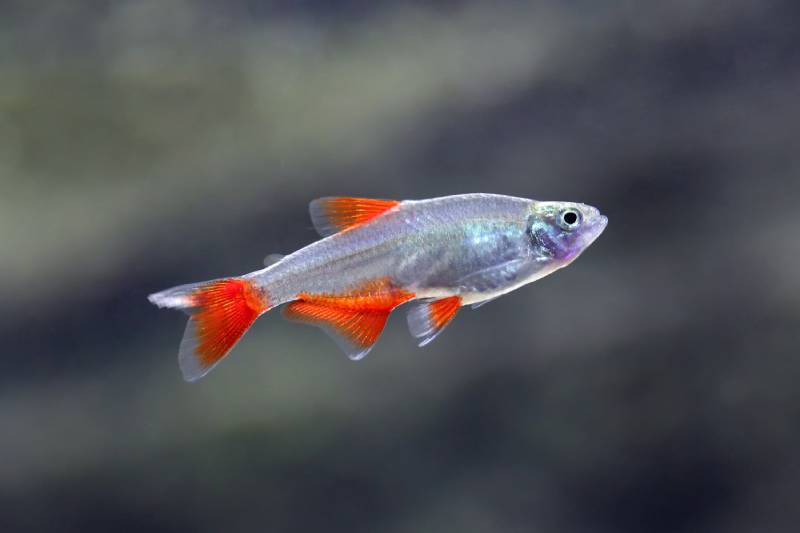10 Tank Mates for Siamese Algae Eaters (With Pictures)
Updated on
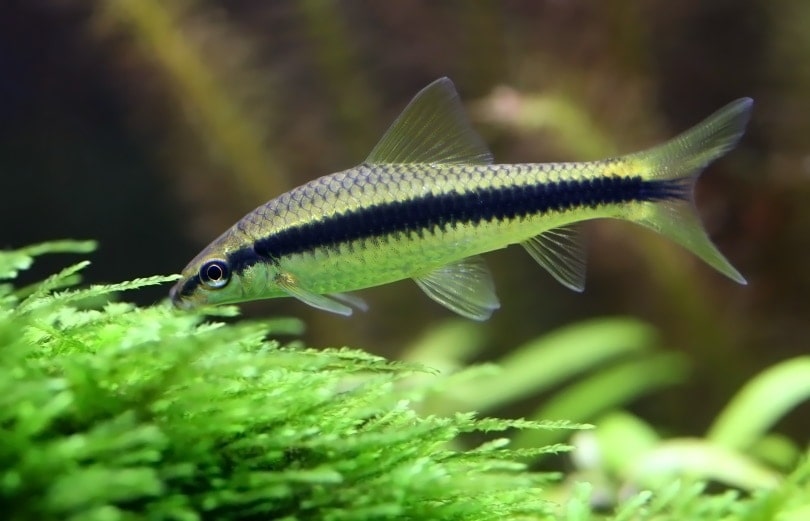
Click to Skip Ahead
Siamese algae eaters are freshwater fish from the carp family. They are bottom dwellers, and as their name suggests, they primarily eat algae growing on different surfaces in the tank. They are peaceful and get along great in community tanks with many other species of fish. When choosing a tank mate for your Siamese algae eater, you must ensure they are compatible and have no aggressive behaviors.
These active and social fish do best when kept in large groups or alone. They are undemanding and will not bother other fish. They are at risk of being bullied by other fish who are either aggressive or territorial, and you should not house them with large, aggressive fish.
Siamese algae eaters are perfect for community tanks and can fill the role of being a better option than a common pleco if you do not have a large tank but still want a good algae eater.
 The 10 Tank Mates for Siamese Algae Eaters
The 10 Tank Mates for Siamese Algae Eaters
1. Danios (D. rerio)
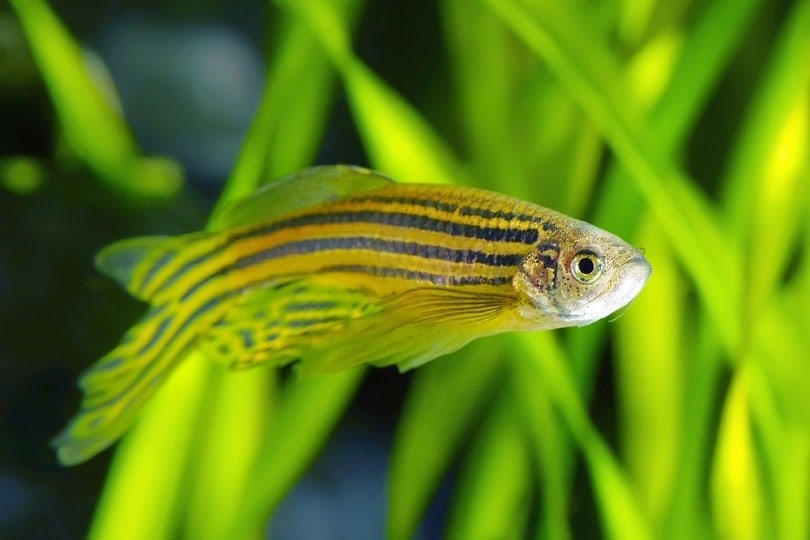
| Size | 1 inch |
| Diet | Carnivore |
| Minimum tank size | 10 gallons |
| Care Level | Easy |
| Temperament | Peaceful |
Danios are brightly colored shoaling fish that should be kept in groups of eight or more. They are not aggressive fish and enjoy swimming near the tank’s surface. They are active and always in search of food. Due to their peaceful nature, they get along great with Siamese algae eaters.
2. Betta Fish (B. splendens) – Best for Small Tanks
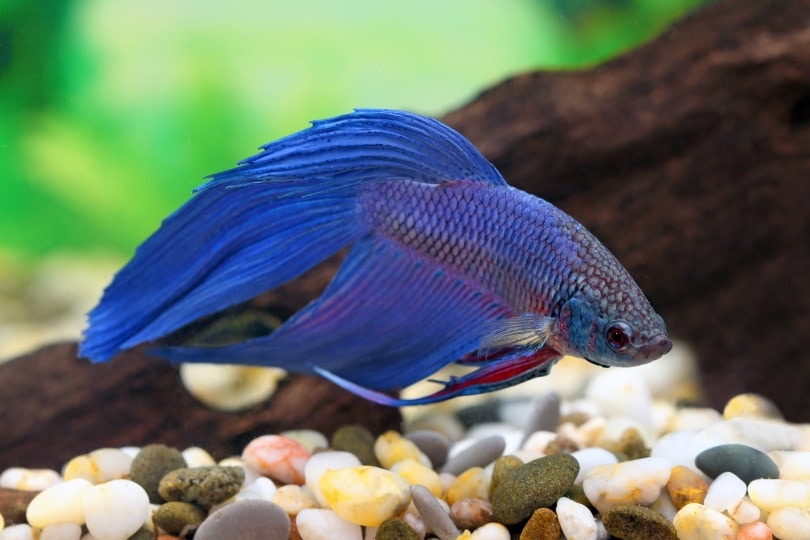
| Size | 2–4 inches |
| Diet | Omnivores |
| Minimum tank size | 5 gallons |
| Care Level | Easy |
| Temperament | Aggressive |
When cared for properly, a betta fish can peacefully cohabitate with a Siamese algae eater. A single male betta can be kept with a small group of the algae eaters, which means they can be housed in a tank as small as 15 gallons. If there is ample vegetation for hiding, these fish get along well together.
3. Neon tetras (Paracheirodon innesi)
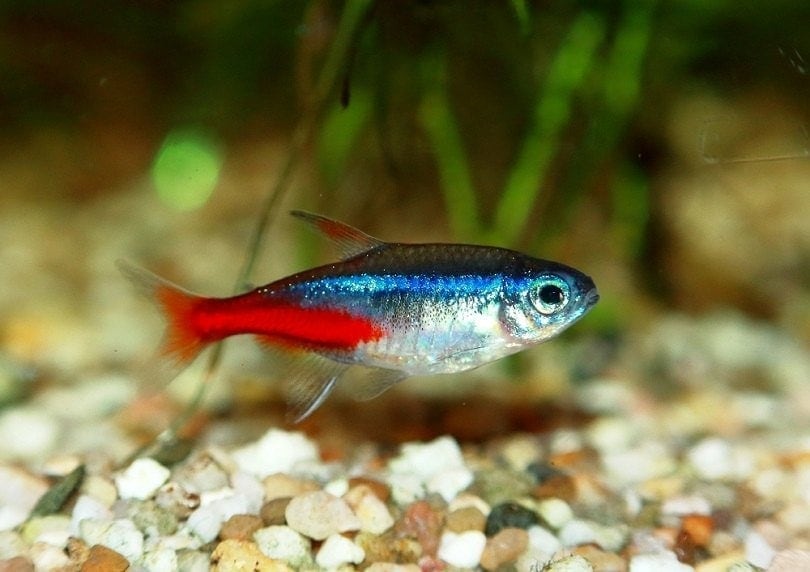
| Size | 1 inch |
| Diet | Omnivore |
| Minimum tank size | 10 gallons |
| Care Level | Easy |
| Temperament | Peaceful |
Neon tetras are one of the most unproblematic shoaling fish. This allows them to be housed with other peaceful fish like the Siamese algae eater. Neon tetras should be kept in groups of eight or more to reduce stress caused by too small of a group. They feel more comfortable in larger numbers.
4. Gourami’s (Osphronemidae)
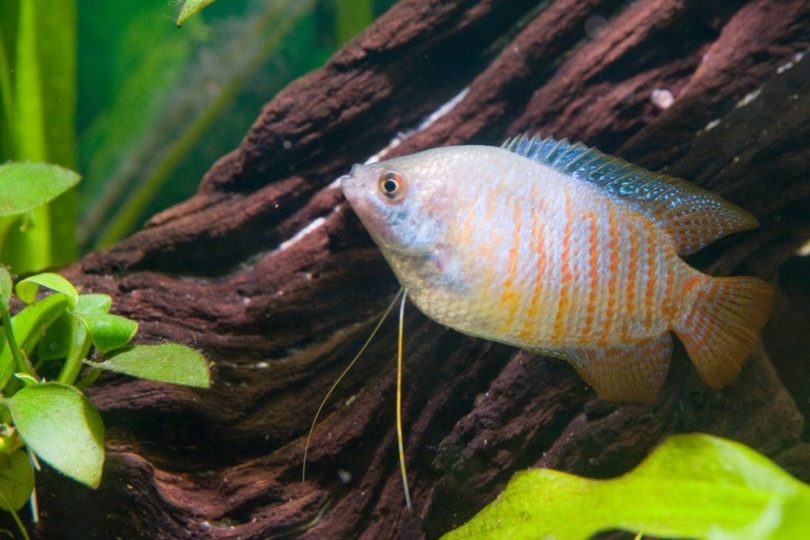
| Size | 2–4 inches |
| Diet | Omnivore |
| Minimum tank size | 15 gallons |
| Care Level | Easy |
| Temperament | Peaceful |
Gouramis are medium-sized fish that look great as a centerpiece in community tanks. They are not overly aggressive and can be kept alone or in a small group. They are best kept with other fish in a community tank, and they require several live plants to feel comfortable and safe.
5. Swordtails (Xiphophorus helleri)
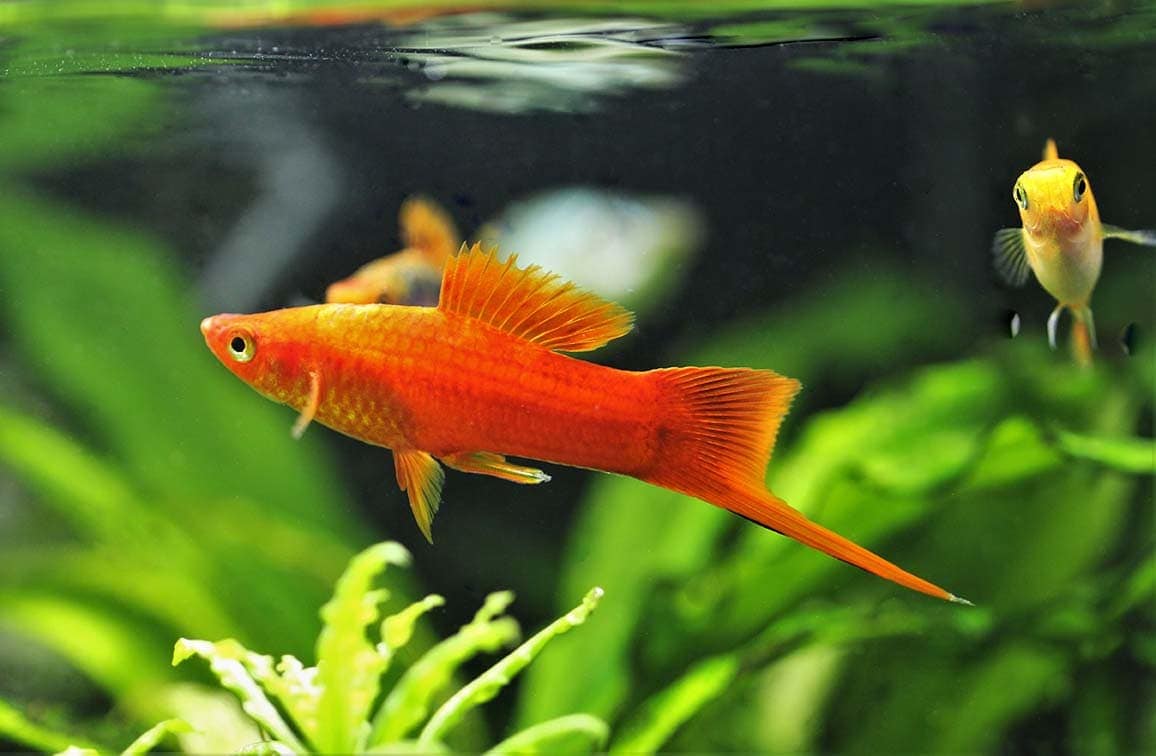
| Size | 2 inches |
| Diet | Omnivore |
| Minimum tank size | 15 gallons |
| Care Level | Moderate |
| Temperament | Peaceful & timid |
These live-bearing fish add vibrant colors to tanks with Siamese algae eaters. They are generally shy fish that enjoy being in large groups. They can be kept in groups with mollies and platies because they are related.
6. Guppies (Poecilia reticulata)
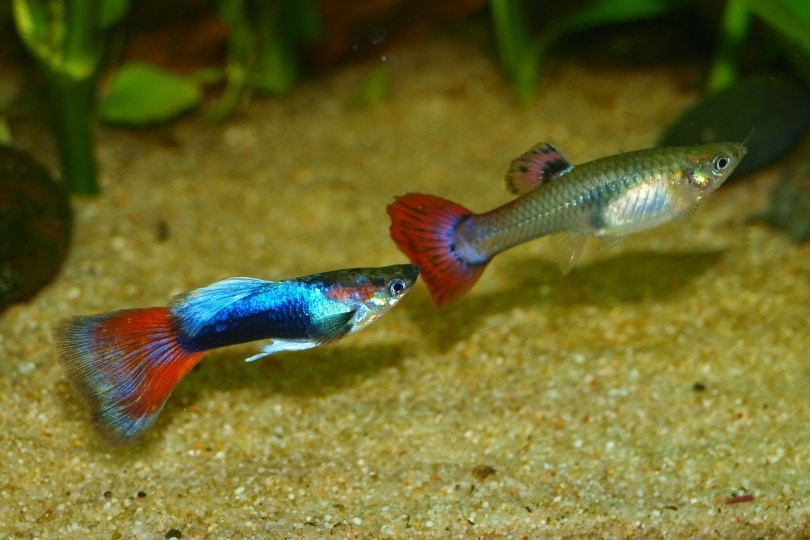
| Size | 1–2 inches |
| Diet | Omnivore |
| Minimum tank size | 10 gallons |
| Care Level | Easy |
| Temperament | Peaceful |
Guppies, particularly the fancy variety, are excellent tank mates for algae eaters. They come in a variety of colors, which makes them very attractive, and their vibrant hues make up for the colors that Siamese algae eaters lack. Guppies should be kept in a group of six or more.
7. Angelfish (Pterophyllum)
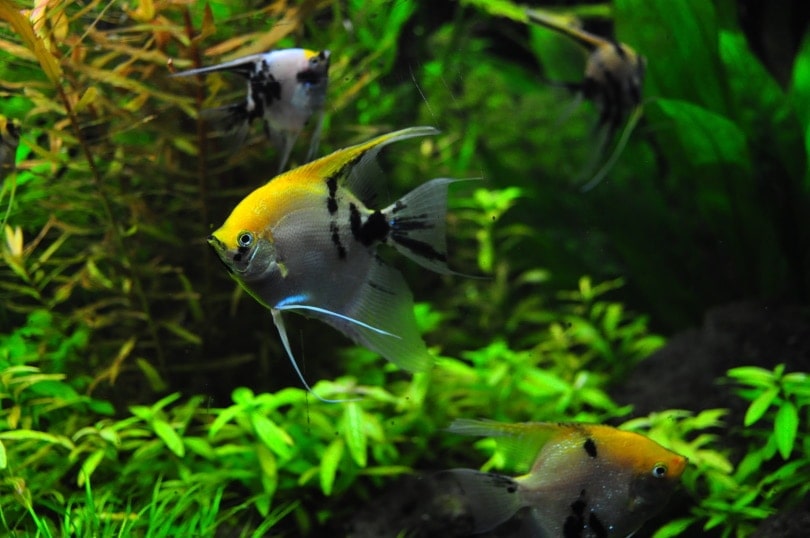
| Size | 3–5 inches |
| Diet | Omnivore |
| Minimum tank size | 20 gallons |
| Care Level | Moderate |
| Temperament | Peaceful |
Angelfish are a popular tropical community fish. They should be kept in pairs or small groups and are suitable tank mates for Siamese algae eaters. These fish are recommended if you do not want a small shoaling fish.
8. Barbs (Barbus)
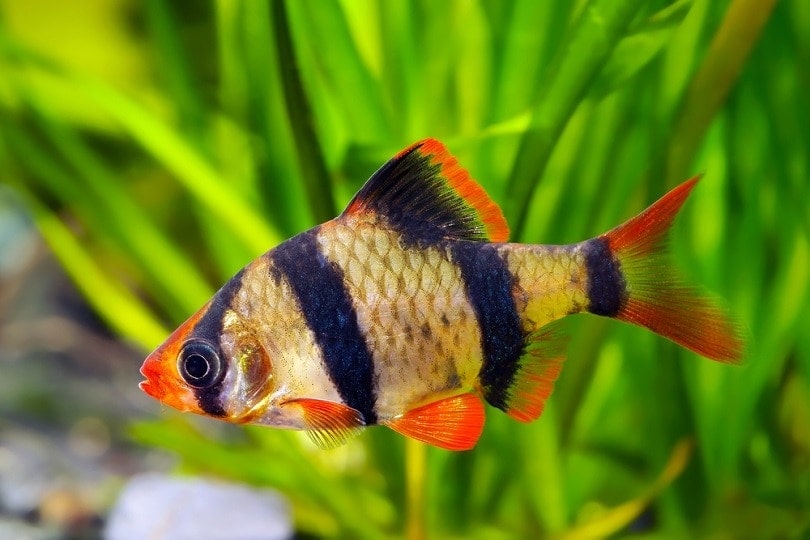
| Size | 2–3 inches |
| Diet | Omnivores |
| Minimum tank size | 20 gallons |
| Care Level | Moderate |
| Temperament | Semi-aggressive |
Barbs can be aggressive, but only if they are kept in small groups. They are known to be fin nippers to their other species but will not bother a Siamese algae eater. Barbs come in more neutral colors, but some varieties have more vibrant colors.
9. Corydoras (C. paleatus)
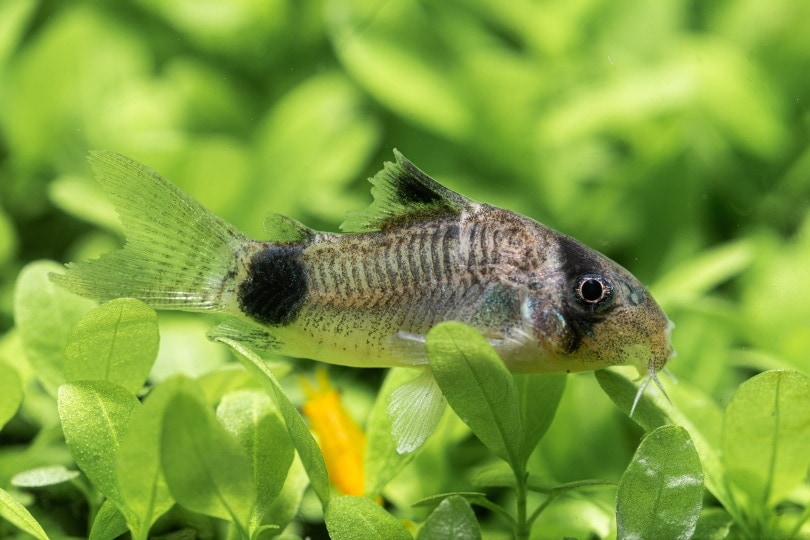
| Size | 2–4 inches |
| Diet | Omnivore |
| Minimum tank size | 20 gallons |
| Care Level | Moderate |
| Temperament | Peaceful |
Corydoras are friendly fish that can be quite active and playful fish. They require groups of four or more to feel secure and inhabit the bottom of the tank. They do not engage with Siamese algae eaters, and both fish can live together in harmony.
10. Freshwater Snails (Pomacea bridgesii)
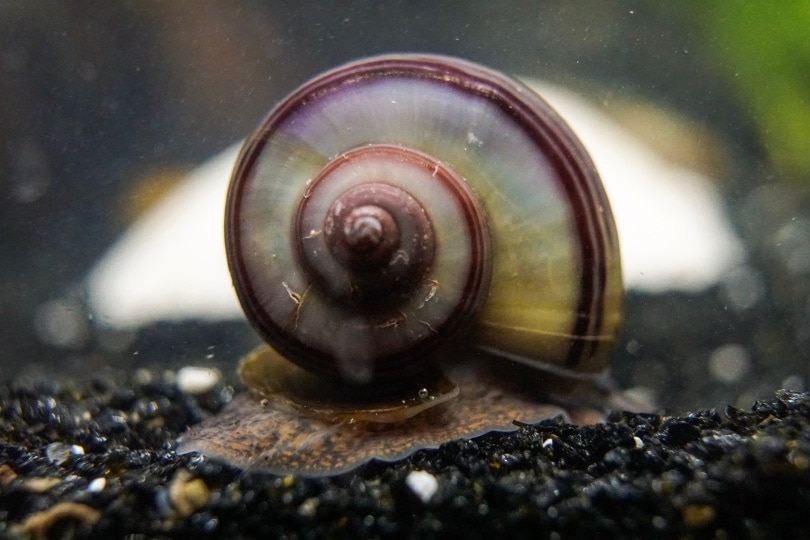
| Size | 1-3 inches |
| Diet | Omnivore |
| Minimum tank size | 15 gallons |
| Care Level | Easy |
| Temperament | Peaceful |
Snails are an all-time favorite tank mate. They have no interest in fish and cohabitate well. There are many suitable freshwater snails for Siamese algae eaters, like nerites, ramshorns, mysteries, bladder, and apple snails.
What Makes a Good Tank Mate for Siamese Algae Eaters?
Tetras and guppies are two of the best tank mates for Siamese algae eaters. They are the most unproblematic fish to keep with these algae eaters, and they will get along peacefully. If you are interested in keeping your algae eater with a shoal of colorful fish with more pronounced fins, guppies are the better option.
They also do not grow too large and can be kept in a smaller tank with one or two Siamese algae eaters. Tetras grow slightly larger and are a good option if you are looking for a more active shoaling tank mate.
Where Do Siamese Algae Eaters Prefer to Live in the Aquarium?
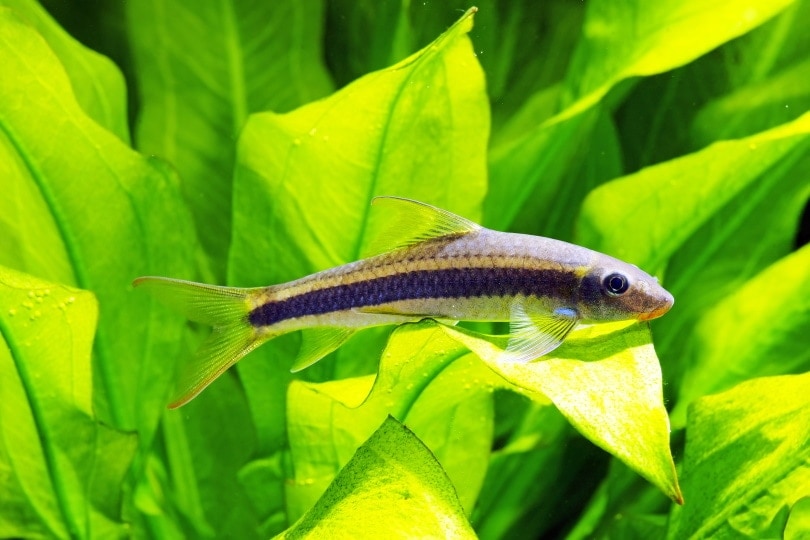
Siamese algae eaters prefer to swim around the bottom level of the aquarium. Their mouths allow them to suck at different surfaces of the tank, which is how they quickly consume tough algae growing around the tank.
They may come up to the surface to gulp air if there is not enough oxygen at the bottom of the aquarium. This means they will rarely interact with other fish in the tank who prefer to swim near the surface or mid-level of the tank.
Water Parameters
Siamese algae eaters are sensitive to the wrong water parameters. The water should be carefully monitored by regularly testing it for ammonia, nitrite, and nitrate using a liquid testing kit.
Water changes are also necessary once or twice a week to minimize the number of toxins in the water. These fish prefer slightly acidic or neutral waters. The temperature should be maintained around 75 to 80° F, and the pH should be around 6.5 to 8.0. They will accept a water hardness of 5–20 DH.
Size
A Siamese algae eater can grow 4 to 6 inches long. They take a few years to reach their full length. These fish will only reach their full adult size if kept in a large tank with optimal room to grow.
If the tank is small and over-stocked, they are at risk of being stunted and will typically only reach 4 inches long. The body is long and narrow, which can make them hard to see in an aquarium if they are small.
Aggressive Behaviors
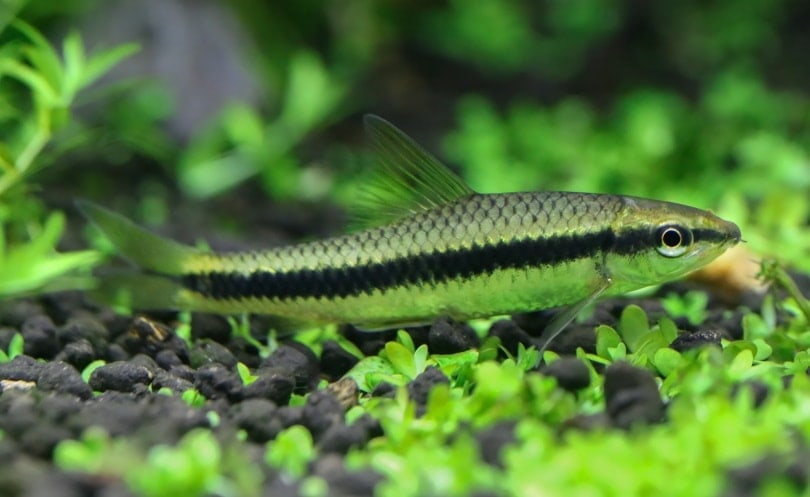
Siamese algae eaters are not aggressive fish, which is why they can be kept with such a wide variety of species. They will not chase or act territorial to other species of fish. They can, however, become stressed if they are kept alone, so it is better to keep them in pairs or small groups, depending on the size of the tank.
The 2 Benefits of Having Tank Mates for Siamese Algae Eaters in Your Aquarium
1. Better Aquarium
Having tank mates with your Siamese algae eater will provide you with more fish to view and add life to the aquarium. Since algae eaters do not actively swim around, adding mid-dwelling fish increases the tank’s activity.
2. Interaction
The tank mates provide your Siamese algae eater with more opportunities to interact with other fish and provide mental and physical stimulation.
Conclusion
Siamese algae eaters make great pet fish for beginners and seasoned aquarists. They get along great with small shoaling fish, and they can easily fit into a small community tank. There are many benefits to having an algae eater in your tank, and they can help keep algae growth under control.
Always make sure the tank mates are compatible and that they cannot fit the Siamese algae eater in the mouth, which will encourage them to be eaten.
Featured Image Credit: Swapan Photography, Shutterstock
 The 10 Tank Mates for Siamese Algae Eaters
The 10 Tank Mates for Siamese Algae Eaters

